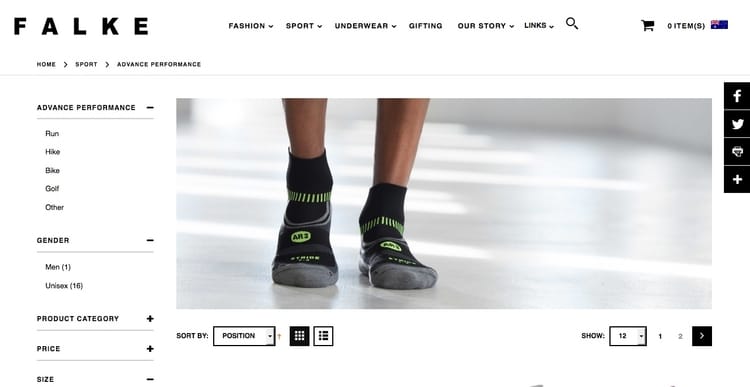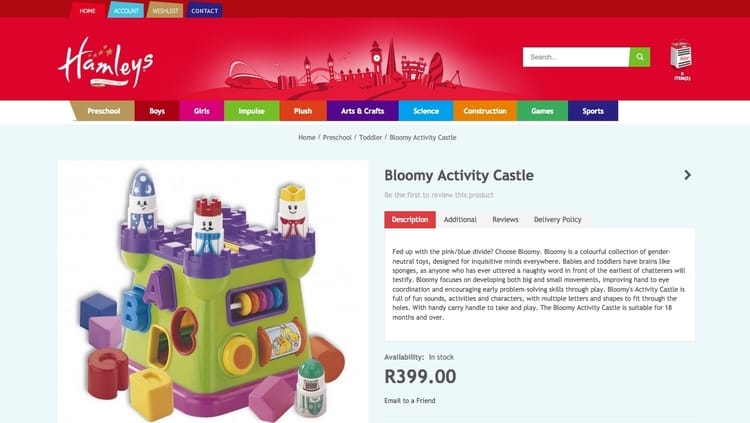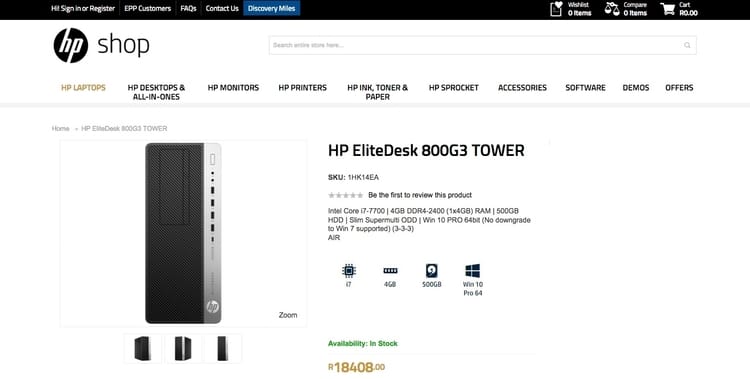Be first to know
Keep up to date with ecommerce news, trends and articles. Brought to you by Stock2Shop.
Sign up todayStructuring your product information and capturing meaningful data about each product is essential when marketing and selling products online. But what is meaningful product information? Let’s take a closer look.
Each product sold online needs:
For your products to be ready to sell online, you have to actually capture this list of information for each one. Luckily, with the right system integration, this is a task you’ll only have to do once.
When a customer is trying to make a decision between two options, more information is always a good thing. Think about how you can give them as thorough a view as possible of your product. Perhaps that means adding extra keywords, more photos, a more detailed description or a longer title. It’s helpful to think about how you shop online: do you just look for shoes, or do you look for Falke hiking socks, in size 9, for high performance?

The magic formula for apparel product descriptions is: Brand + Gender + Color + Size + Specific model + Material + Category Not every product will include all of these elements, but you should aim to have as many of them as possible.
Of course, selling socks is very different to selling toys, and one of the things to keep top of mind when compiling product data is what questions your customers will have, and how to answer them before they have to ask.

So if you’re selling a child’s toy, you may need to include things like:
Remember: it’s important to write original descriptions so that your listing gets the benefit of SEO – the descriptions don’t have to be complicated, but unique copy is always an advantage.
It may seem obvious that different products need different data. On one level it is, as each product needs a different data set that describes it. But different kinds of products also need different data. If you’re selling a technical product to technical customers (like RAM, for example), it’s important to give all the technical information you have available – including all the specs you can find that will give them a better idea of what exactly you’re selling.

If you’re selling something ‘touchy feely’ (like a teddy bear, for example), it’s important to give the emotional benefits of buying the product – tell the story of how it will be their child’s favourite cuddly toy, and travel with them everywhere.

The question of whether better descriptions lead to more sales (and higher prices) was answered in a study where objects that were bought for $1 to $4 were given a meaningful story and resold on eBay. The result? The value of the objects went up by 2700%. The stories we attach to objects give them meaning. It is up to you to give your products meaning that will ring true for your customers, and make them more likely to buy.
Once you’ve gathered all this product data, it’s essential to store it in one central place so that if you make a change, it will be carried through to all your sales channels. That’s where Stock2Shop can help. We can also help you keep track of your stock from one simple, easy-to-use console.

Keep up to date with ecommerce news, trends and articles. Brought to you by Stock2Shop.
Sign up todayUnderstanding product data is essential for a successful ecommerce business. Here’s an overview of the most important elements of product data you need to understand.
Read MoreCategorising products correctly is a major pain point for many ecommerce websites. Layered navigation is the solution: find out how – and why – to implement it
Read MoreWant to find out exactly how Stock2Shop can make your business more efficient and streamlined?
Contact Us